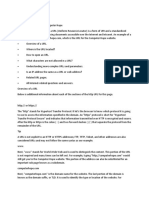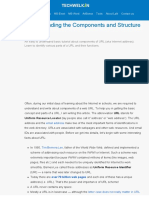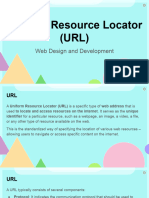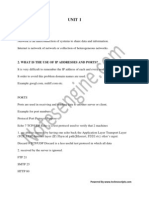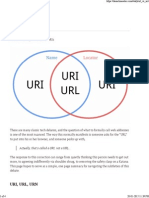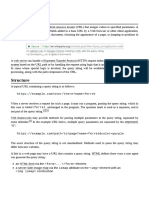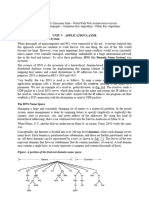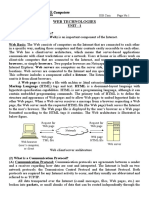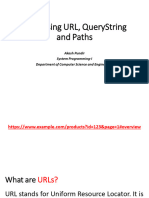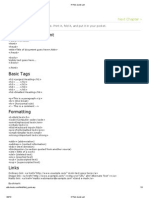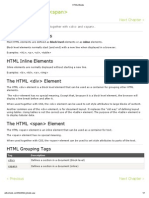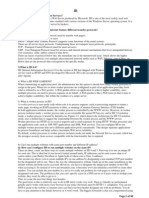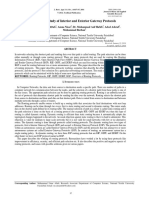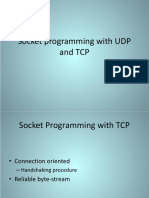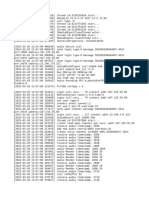0% found this document useful (0 votes)
181 views2 pagesHTML Url Encoding
The document discusses HTML URL encoding. It explains that URLs are used to address documents on the world wide web and follow a specific syntax including the scheme, host, domain, port, path and filename. It provides examples of common URL schemes like http, https, ftp and file. It also explains that URL encoding is used to convert characters outside the ASCII set into a valid ASCII format for transmission over the internet by replacing them with a % followed by two hexadecimal digits. It includes an example form to demonstrate URL encoding and a table showing how some characters are encoded.
Uploaded by
Mihai George ForlafuCopyright
© Attribution Non-Commercial (BY-NC)
We take content rights seriously. If you suspect this is your content, claim it here.
Available Formats
Download as PDF, TXT or read online on Scribd
0% found this document useful (0 votes)
181 views2 pagesHTML Url Encoding
The document discusses HTML URL encoding. It explains that URLs are used to address documents on the world wide web and follow a specific syntax including the scheme, host, domain, port, path and filename. It provides examples of common URL schemes like http, https, ftp and file. It also explains that URL encoding is used to convert characters outside the ASCII set into a valid ASCII format for transmission over the internet by replacing them with a % followed by two hexadecimal digits. It includes an example form to demonstrate URL encoding and a table showing how some characters are encoded.
Uploaded by
Mihai George ForlafuCopyright
© Attribution Non-Commercial (BY-NC)
We take content rights seriously. If you suspect this is your content, claim it here.
Available Formats
Download as PDF, TXT or read online on Scribd
/ 2







